Made mainstream due to winning the oscar in 2019, Free Solo the movie has pipped the interest of the average folk around the world.
Having seen Alex Honnold free solo El Capitan, it has pipped the interest and curiosity in people…what is free solo and exactly how safe is it?

To non-climbers or those new to rock climbing, free solo climbing and free climbing may seem like the same thing, they are indeed very, very different.
Difference between Free Solo Climbing and Free Climbing
While free climbers use a rope and are protected by gear at all times, free solo climbers climb without a rope and are always at danger of falling to the ground. But the differences don’t end there! Read on to learn everything you need to know when it comes to free climbing vs. free solo.
The History of Free Climbing
Free climbing actually began at the beginning of the 20th century, primarily in Germany and Great Britain. However, it started to gain traction in the United States in the 1970s in Yosemite, thanks to climbers such as Jim Bridwell, John Bacher, John Long, and Ron Kauk.
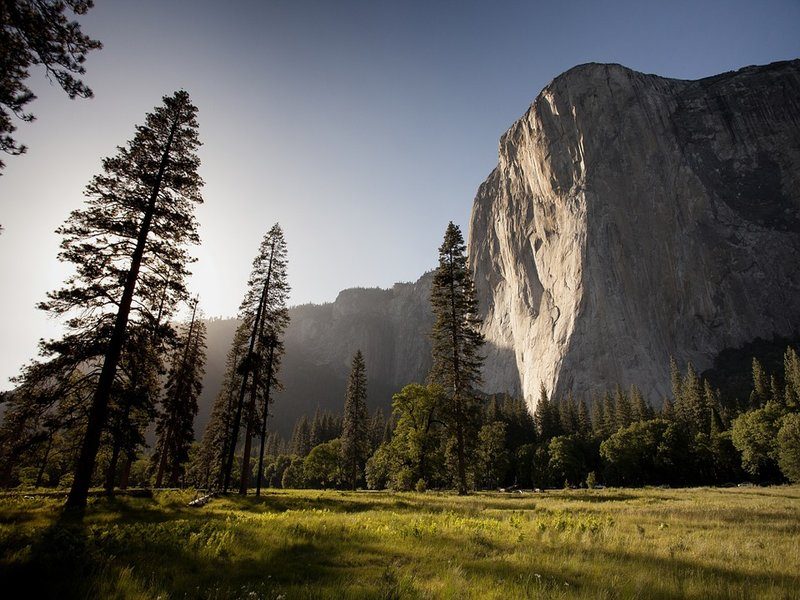
Throughout the next few decades, climbers would continue to push the limits of free climbing, the likes of which included the Canadian Peter Croft and Lynn Hill, who made the first true free climb of El Capitan with her groundbreaking ascent of the Nose, which she would later go on to climb in a single day.
Free Climbing vs. Aid Climbing
To understand what exactly free climbing is, it is helpful to contrast it against aid climbing. Free climbing is defined as a method of climbing in which ropes and gear are used only to protect the climber from a fall. All progress made on the climb is a result only of the climber’s physical contact with the rock.

On the other hand, aid climbing is characterized by the use of protective gear, such as cams, nuts, or pitons, to help the climber up the wall. Climbers place this gear and then grab it to project themselves up the wall. Aid climbing also employs the use of small ladders made of webbing that help climbers get past difficult sections of rock with little holds.
Types of Free Climbing
There are four types of free climbing: bouldering, sport climbing, traditional climbing, and free solo.
Bouldering
Bouldering is climbing a short boulder or rock, usually less than 6 meters (20 feet) tall, without a harness or a rope. When bouldering be it indoors or in the great outdoors for the 1st time, a crashpad is used to protect falls.
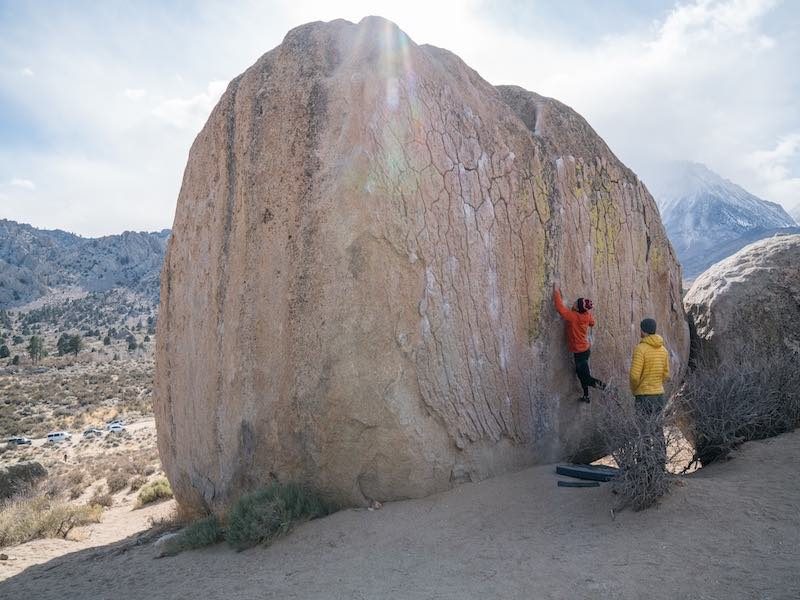
Trad and Sport Climbing
Sport climbing and traditional climbing are techniques for larger walls in which a harness, rope, and protective gear are used to protect the climber in case of a fall. Single-pitch routes are up to 40 meters (130 feet) tall, while multi-pitch routes can be up to thousands of meters high.
The big difference between sport and traditional climbing is that, while sport climbing routes have protective bolts fixed to the wall, climbers must place all of their protective gear on traditional routes.
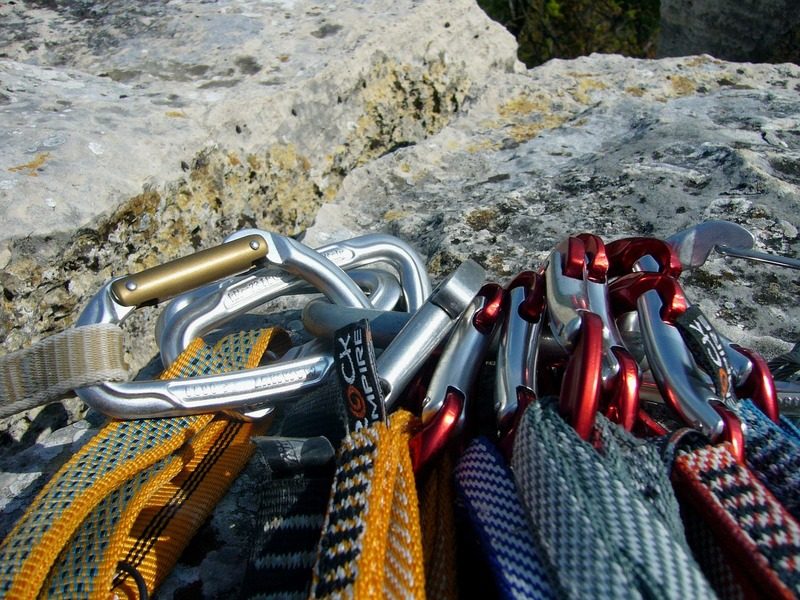
Free Solo Climbing
Finally, free solo climbing is technically a type of free climbing due to the fact that the climber uses only the natural features of the wall to climb. However, free solo climbers use no protective gear, and put themselves at the risk of a fatal fall if they are unable to continue the climb. Read on to find out more about free solo.
Types of Free Climbing Ascents
When free climbing, there are a number of different types of ascents and we have some rock climbing jargon and definitions to share here.
Red Point
A redpoint ascent is when the climber makes it from the ground to the anchors (or on a multi-pitch route between two sets of anchors). This is done without falling, resting on gear, or using gear to help themselves advance on the route. This is also referred to as “sending” a climb.
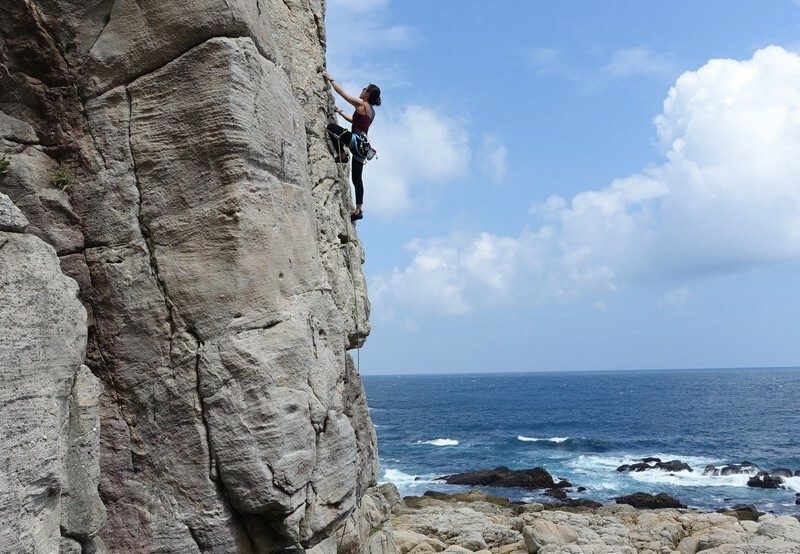
Flash vs Onsight
Flash and onsight ascents are when a climber sends a climb on their first attempt. Flash ascents refer to when the climber has received “beta”, or helpful information, about the climb, while onsight ascents are completed without any prior knowledge about the climb.
Headpoint
Finally, a headpoint ascent is when a climber sends a route on toprope.
The History of Free Solo
Though he may be the most well known free solo climber, Alex Honnold did not create the sport. In fact, free solo climbing has been around since free climbing started gaining traction, and some of the climbers that pioneered the sport of free climbing also made free solo ascents, such as Peter Croft.
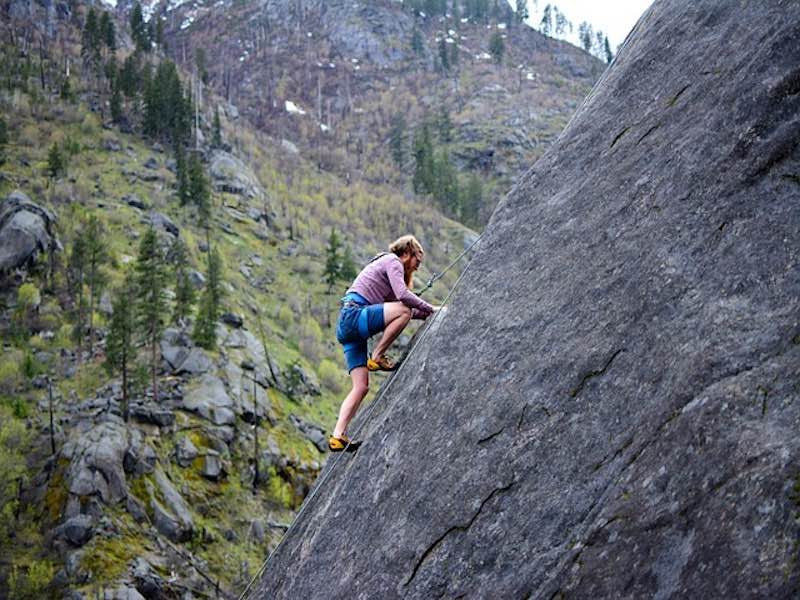
Famous Free Solo Climbers
Alex Honnod
Though Alex Honnold may be the first name that comes to mind when you hear the words “free solo”, there were many other free solo climbers that came before (and after) him. John Bacher, one of the Yosemite originals, was a frequent free solo climber, and he unfortunately, like many free solo climbers, died doing it.
Dan Osmand and Dean Potter
Dan Osmand and Dean Potter were also well-known free solo climbers, and while they didn’t die free solo climbing, their demise was a result of other action sports. Dan Osmand passed away when his rope failed on a “controlled free fall”, while Dean Potter passed in a base jumping accident.
Hansjorg Auer
Hansjörg Auer, an accomplished climber and alpinist, is perhaps most well-known for his free solo ascent of Attraverso il Pesce in the Dolomites, Italy, a 850 meter 7b+/5.12c.
Brad Gobright
Finally, Brad Gobright was a beloved free solo climber and member of the climbing community who died in a rappelling accident in El Portrero Chico in November of 2019.
Main Differences Between Free Climbing and Free Solo
The principal difference between free climbing and free solo is the use of protective gear. While free climbing requires the use of a rope, harness, and quickdraw and/or traditional gear or rack (or in the case of bouldering a crash pad), free solo climbing offers no protection against falls.
For that reason, the mental strength required and the risk that you must assume when free soloing greatly exceeds that required for free climbing.
Risks of Free Climbing vs. Free Solo
As you can probably infer by now, free solo presents much, much higher risks than free climbing. While free climbing, in certain cases, can result in fatal accidents, the vast majority of falls and mishaps result in little or no injury. The most common climbing injuries incurred when free climbing are sprained ankles or bumps and bruises. On the other hand, free solo climbing injuries tend to be very serious (fractured fingers/ broken bones) or even fatal.
Hence we strongly recommend not to imitate what is done by these professional climbers who undergo an immense amount of personal and home rock climbing training and workout with coaches to get to where they are.
Gear Needed for Free Climbing vs. Free Solo
Another main difference between free climbing and free solo is the amount of material needed for each discipline. On the one hand, you really only need climbing shoes and climbing chalk to be able to free solo. On the other hand, much more material is needed for free climbing. If you’re bouldering, you’ll only need a crash pad, but for sport or traditional climbing, the necessary material also includes a harness, ATC belay device, a rope, quickdraw or nuts and cams, and usually a helmet.
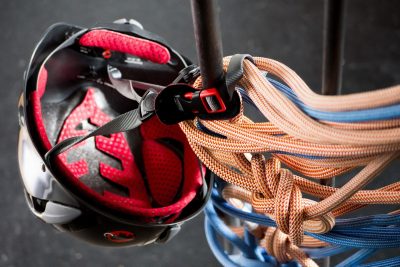
As you can see, free climbing and free solo are actually very different activities, especially as a result of safety factors. We never endorse free solo climbing, but when people do free solo, it is most commonly on a route that is very easy for them and that they have already climbed many times.
1.
Does free climbing mean no ropes?
Free climbing doesn’t mean climbing without rope, but it means that the climber only uses rope as a form of safe guard and protection in the event they fall, but it should not be used to assist progress.
2.
Who is the best free solo climber in the world?
Alex Honnold is at the moment the most known and recognized free solo climber in the world. He is featured in the academy award winning movie called Free Solo and also known to have free solo-ed El Capitan in Yosemite, a 1,000-meter wall that is known to be one of the most difficult climbing routes in the world. He may not have the best climber body compared to all the famous climbers out there, but he is strong and in form, and that’s all that matters in climbing.
3.
How do free climbers get down?
Climbers who free solo usually either hike down back to the base via another path or rappel down from the anchor at the top with a rope. There are also cases of climbers down climbing, where they may climb back down the same or nearby wall face they got up by.



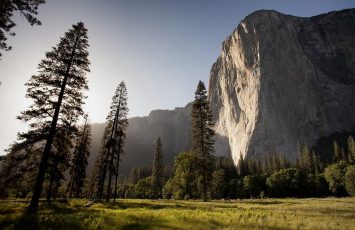
No Comments